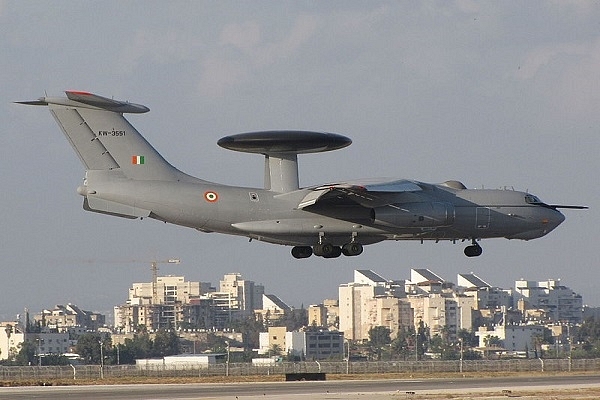
Indian Air Force Restarts Its AWACS Program Based On Airbus A330; To Get Six Indigenously Built Aircraft
Indian Air Force has restarted its program to indigenously build six next-generation long-endurance Airborne Warning and Control System (AWACS), AIN has reported.
The program based on the Airbus A330 platform is expected to induct two A330s fitted with indigenous radar in the first phase followed by four more additions in the future.
Airborne Warning and Control System (AWACS) is designed to detect aircraft, ships and vehicles at long ranges. Because of its mobility, it is much less vulnerable to counter-attack, unlike the ground-based radar systems.
The AWACS program has garnered much traction following the recent standoff with Pakistan during the Balakot airstrikes. Under-equipped in the AWACS capability IAF has resumed the program which has been under wraps for years awaiting approval from the Defence Ministry.
The Balakot airstrikes was carried out by a fleet of 12 Mirage 2000s, supported by India’s two home-grown Netra (eyes) AWACS based on an Embraer EMB-145 platform.
The Air Force also operates three Israeli A-50EI Phalcon systems mounted on Russian Ilyushin Il-76 heavy-lift aircraft; this platform though has been facing issues in reliability and spares.
M S Easwaran, director of the Centre for Airborne Systems speaking to AIN said that "The first AWACS was handed over by the DRDO to the IAF during Aero India 2017 in Bangalore and the initial years of development had been “a period of self-learning. He also added, "radome and the antenna for the Netra had been developed within the country and believe the rest of things can move fast provided sanction is given".
The program can face challenges in adapting the current radar system which requires moving from a 24-tonne to a 200-tonne platform needing more power and endurance. The system employs a two-sided “sword” antenna array, whereas the larger aircraft would have a triangular antenna array.